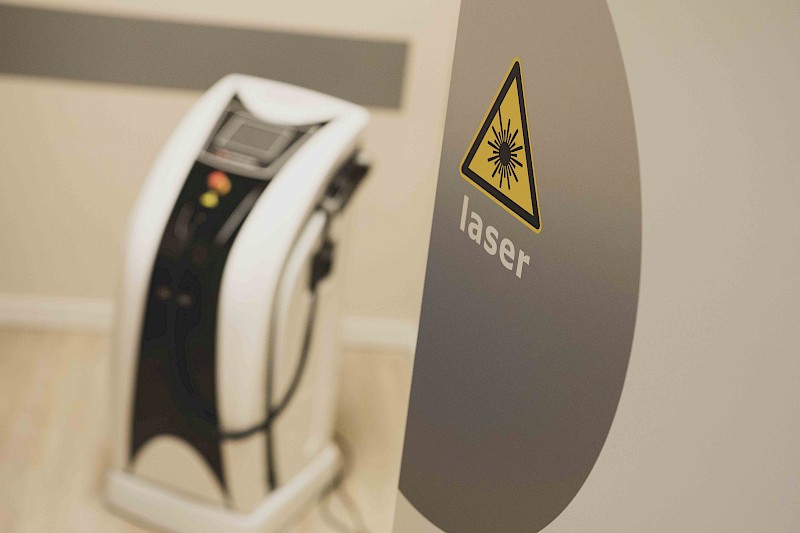Laser therapy is a physiotherapeutic treatment that can be used in the treatment of various musculoskeletal and skin diseases.
Through a special form of electromagnetic emission, infrared light, laser therapy, a non-invasive treatment, stimulates cellular processes that promote healing.
healing. Laser light, in fact, accelerates collagen production and promotes tissue regeneration, facilitating healing. It has an anti-inflammatory action that helps reduce swelling and inflammation in tissues affected by injury or discomfort; it is often used in the post-operative phase to reduce pain and accelerate healing of surgical wounds.
It also stimulates local blood flow, improving circulation and thus increasing the supply of oxygen and nutrients to the tissues. Thanks to its analgesic anti-inflammatory and regenerative capacity, laser therapy has several applications:
Arthrosis and rheumatoid arthritis
Bursitis
Capsulitis
Acute post-surgical conditions
Sprain
Discopathy
Neuropathic pain
Epicondylitis
Fasciitis
Tennis elbow
Lymphoedema
Sciatic nerve
Tendinitis and tendinopathy
Carpal tunnel
Sciatica, lumbago and lumbosciatica
Stretching
Muscle strain
Treatment sessions last approximately 10-20 minutes. The physiotherapist will position the laser with a special handpiece at a short distance from the skin on the part to be treated. The lasers used for physiotherapy treatments, unlike those used in surgery, are low-powered, without the ability to cause injury, and do not cause pain; however, it is possible to feel a sensation of heat or slight tingling. The patient must wear special protective glasses during the session to avoid the risk of retinal injury. After the sessions it is important not to expose the spot involved to the sun. The number of sessions and frequency of treatment depends on the specific condition and individual patient response, generally 4-6 sessions are performed. The effectiveness of laser therapy is usually assessed in the first few weeks after the treatment is completed.
